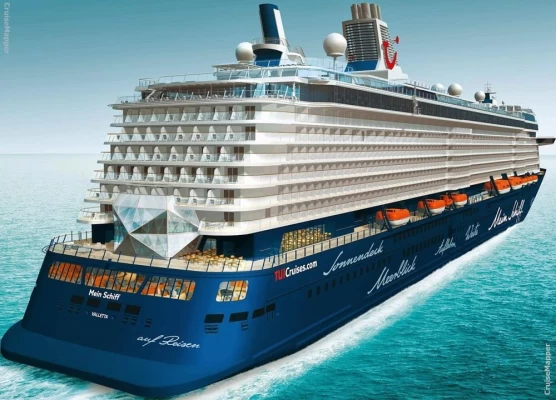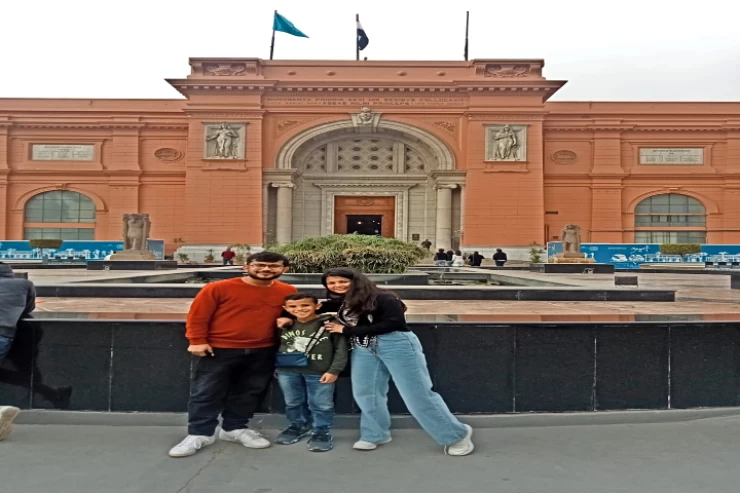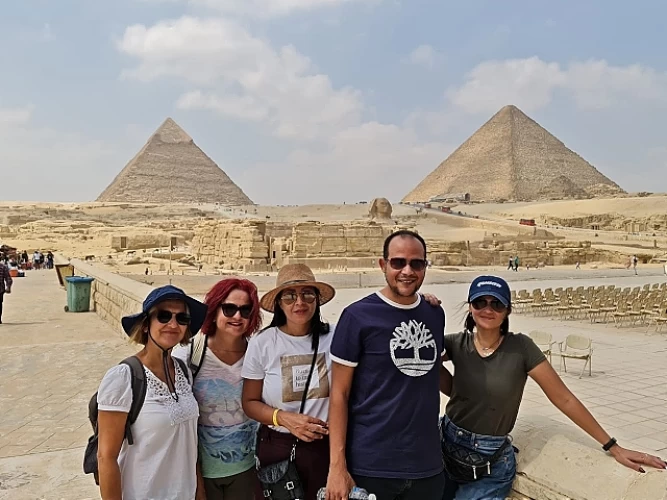
The Nile Museum
What is the Nile Museum and why was it built in Aswan?
Work on the establishment of the Nile Museum began in June of 2004, but the museum did not make the required progress until 2014, when President Abdel Fattah El-Sisi commissioned Dr. Hossam Maghazy, the former Minister of Water Resources and Irrigation, to complete the work on establishing the museum and allocating its budget.
You can learn about all the tourist attractions through the Nile Valley Attractions, and you can also make a trip inside it through Egypt day tours.
The museum was opened to visitors on January 10, 2016, in the presence of the Prime Minister and Minister of Irrigation, and representatives of 11 African countries from the Nile Basin countries.
The museum consists of 3 floors, and it includes hundreds of pictures and exhibits that tell the history of the Nile and the many Egyptian projects that were built on it from ancient times, civilizations, and tourist attractions that it witnessed throughout the various cities in Egypt.
The cost of establishing the Nile Museum amounted to 82 million Egyptian pounds, and it is considered one of the new architectural masterpieces in Aswan and a new addition to the tourist attractions inside it.
The museum includes exhibition halls, conferences, a library, a VIP hall, and administrative offices, in addition to a public site that includes the Magra El Oyoun area and large green areas that have been fully equipped to be a suitable environment for visitors to this new museum.
The museum contains a number of archaeological holdings, including 250 artifacts, which record the journey of the Nile River’s flow from its sources to the mouth of the Mediterranean Sea. The beauty of the Nile River. Inside the museum, there is also a large part dedicated to presenting the history of the High Dam and documenting its construction, why there is Aswan in the city, and what is the benefit of building this dam, in addition to commemorating the martyrs who fell during the construction of the High Dam.
It also includes the most important historical documents, including the Nile River Protection Document, which is of great importance to all countries through which the Nile River passes. This museum is considered an achievement established by the Egyptians to commemorate the Nile and its importance.
The museum also includes a presentation of the most important national projects of the Ministry of Irrigation, to which it contributed, starting with the charitable aqueducts during the days of Muhammad Ali, passing through the Peace Canal and the Toshka project, and ending with the 4 million acres project launched by President Abdel Fattah El-Sisi.
President Hosni Mubarak is promoting the Toshka Canal as a water project to increase Egypt's arable land. With a 320-kilometer-long canal that connects multiple oases and reroutes 10% of the Nile's flow, it permits the irrigation of 500,000 ha. The canal extends from Lake Nasser to the lakes of the Toshka Valley and then continues through the Sahara Desert in the Wadi el-Jadid Governorate, the New Valley.
Achievement of the Siphon of Serapeum, and projects to protect and save the Nile River, Therefore, this museum is considered one of the most important phenomena in Egypt.
The museum showcases artifacts from ancient Egypt, including funerary objects, stone vessels, artwork, sculptures, reliefs, and movable items. It also houses Tutankhamun's treasures, New Empire sculptures, Amarna sarcophagus, jewelry, and late period monuments.
You can make any tour in Egypt or outside Egypt through Egypt Trips, You can also do a quick trip through Egypt shore excursions. You can enjoy the most beautiful tours through Egypt Trip, Also, you can make the most beautiful tourist tours by choosing multiple places and making it possible to visit a number of places and provinces on the same trip through Egypt travel packages, Trips vary and are characterized for a day or two in several ways, as it was by flying or riding modern air-conditioned cars through Egypt Day tours.
Latest Articles
Admin
Seabourn Sojourn Cruise Stops in Safaga Port
The Seabourn Sojourn, the flagship vessel of Seabourn Cruise Line's ultra-luxury fleet, was built in 2008 at the T. Mariotti shipyard in Genoa, Italy. Measuring 198 metres, it can accommodate up to 450 guests in its 225 spacious all-suite staterooms.
Admin
Norwegian Sky Cruise Stops in Safaga Port
Norwegian Cruise Line operates a cruise ship called the Norwegian Sky. It was constructed in 1999 and can accommodate 2,004 passengers in addition to 878 crew members. The ship has several dining establishments, lounges and bars, a spa and fitness center, swimming pools, and a number of entertainment areas.
Admin
Explora II Cruise Stops in Safaga Port
Explora II, the second vessel in the Explora Journeys fleet, sets sail in 2024 to redefine luxury cruising. With 461 ocean-front suites, 9 culinary experiences, and 4 pools, this haven of sophistication and sustainability promises an unforgettable "Ocean State of Mind" journey to inspiring destinations.
Admin
Mein Schiff 6 Cruise Stops in Safaga Port
The Mein Schiff 6 is the latest cruise ship in the renowned TUI Cruises fleet, offering passengers a luxurious and sophisticated cruise experience. At 315 metres long, this floating resort features a range of dining options, entertainment, and recreational facilities, including a spa, fitness centre, and sports amenities.
Admin
Mein Schiff 4 Cruise Stops in Safaga Port
When the Mein Schiff 4 cruise ship docks in Safaga, Egypt, passengers are granted access to a realm of ancient wonders. Aboard this state-of-the-art vessel, guests can embark on meticulously curated shore excursions that showcase the region's most iconic landmarks, including the Giza Pyramids, the enigmatic Sphinx, and the remarkable tombs and temples of the Valley of the Kings in Luxor.
Admin
MS Europa Cruise Stops in Safaga Port
The Silver Moon, Silversea's latest flagship, is a luxury cruise ship that offers an exceptional travel experience for Venezuelans exploring Egypt. With a capacity of 596 guests and an impressive 40,700 gross tonnes, the Silver Moon maintains the small-ship intimacy and spacious all-suite accommodations that are the hallmarks of the Silversea brand.




















